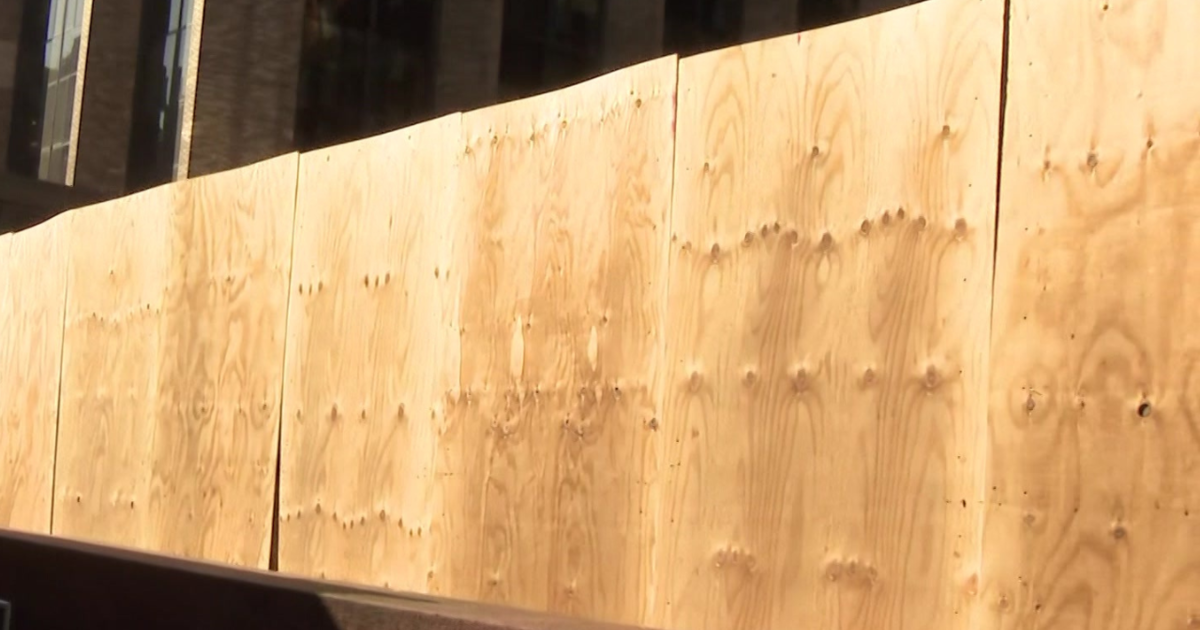Mediums Collide At Guggenheim Exhibit
NEW YORK (AP) -- YouTube art is on display on the Upper East Side.
After 23,358 submissions and countless double-clicks, the results are in for YouTube's "biennial of creative video."
On Thursday night, the Solomon R. Guggenheim Museum and the Google Inc.-owned video website presented "YouTube Play," an exhibit of 25 videos selected by a jury including the filmmaker Darren Aronofsky and the music group Animal Collective.
The videos, which are gathered online at YouTube.com/play and will be on view at the Guggenheim through Sunday, display a curious collision of mediums. The exhibit is an attempt to curate an essentially unmanageable library of content: Some two billion videos are watched daily on YouTube.
Though the exhibit can only be dwarfed by that endless, roaring stream, it still manages to convey the exciting artistic possibilities of online video -- so often considered the domain of bedroom vloggers and kittens.
More than anything, the selected videos show a fractured, Internet-altered reality, where it's often difficult to tell what's real and what's not.
In "Noteboek," created by Dutch video artist Evelien Lohbeck, an opened book reveals not pages of text but an animated computer notebook. A hand manipulates a hand-drawn Web browser and goes -- where else? -- to YouTube. A video is played, revealing yet another layer of artifice: an illustrated guitar, picked by real hands.
The video "Bathtub IV," by Australian Keith Loutit, uses tilt-shift photography to film a helicopter rescue service in Wales. In the funny focus of tilt-shift, an ocean rescue doesn't look real -- and most of the comments the video has elicited on YouTube remark on its fake appearance.
The same question of authenticity permeates the South African hip-hop group Die Antwoord, whose 2009 video for "Zef Side" amounts to the kind of bizarre, modern art project that Andy Warhol would have loved. The trio (Ninja, Yo-Landi Vi$$er and DJ Hi-Tek) are fully formed personalities, and one can't stop wondering, "Are these guys for real?"
Media reality takes a more ominous tone in "Auspice," a video by Bryce Kretschmann of Newark, N.J. It shows talking heads from Fox News in a blurry super-slow motion with foreboding choral music playing.
More frightening still is "Post Newtonianism," by Josh Bricker of Torrance, Calif. His video is two-sided, with one half the screen playing footage from cameras mounted on American military aircraft during the Gulf War and the Iraq War. The other side of the screen is footage from the video game "Call of Duty: Modern Warfare." The similarity is creepy to say the least.
Other videos meld mediums.
In "Man with a Movie Camera: The Global Remake," Canadian Perry Bard organized people around the world to contribute footage to give a modern take to Dziga Vertov's famous 1929 silent film, "Man with a Movie Camera." Both versions play next to each other in the "YouTube Play" edition.
"Wonderland Mafia," by Lindsay Scoggins of Tampa, Fla., fuses rap and cartoon. The Disney film "Alice in Wonderland" has been mashed-up with the hip-hop of Three 6 Mafia. Scoggins says the video "is meant to illustrate a disjointed amalgamation of the media one encounters in adulthood (versus) childhood."
"This Aborted Earth: The Quest Begins," by filmmakers Michael Banowetz and Noah Sodano, is an even odder mix. It takes black-and-white engravings from the 19th and early 20th century and animates them in a way similar to Terry Gilliam's "Monty Python" cartoons. The result is a surreal reflection on long-ago times.
Playfulness may be what YouTube videos do best.
"Le Syndrome du Timide," by Pierre-Axel Vuillaume-Prezeau, is a whimsical portrait of a shy Frenchman that recalls the film "Amelie." "Words," by the production company Everynone, is an ode to homonyms, with images of various meanings of the same word: A gymnast's split is followed by a banana split, for example.
And for "Birds on the Wires," Jarbas Agnelli noticed a photo in a newspaper showing a number of birds perched across five electrical wires. The image looked like a staff in music, and he decided to find out what music the birds were making. The birds become notes, and Agnelli's melody (he credits the birds as composers) plays over the video.



